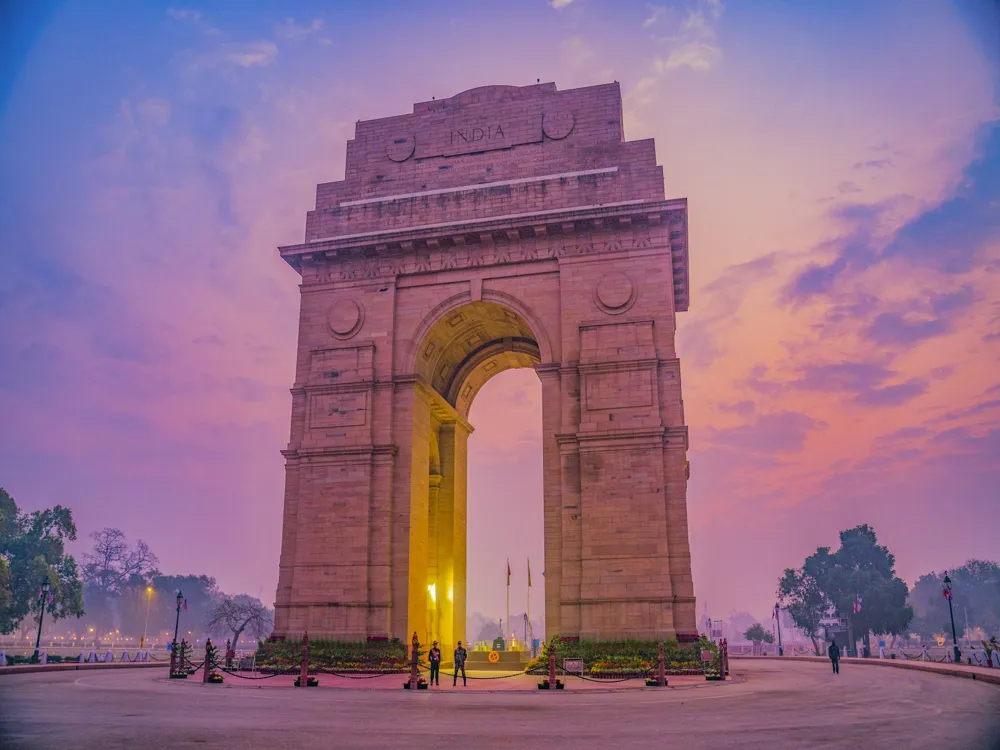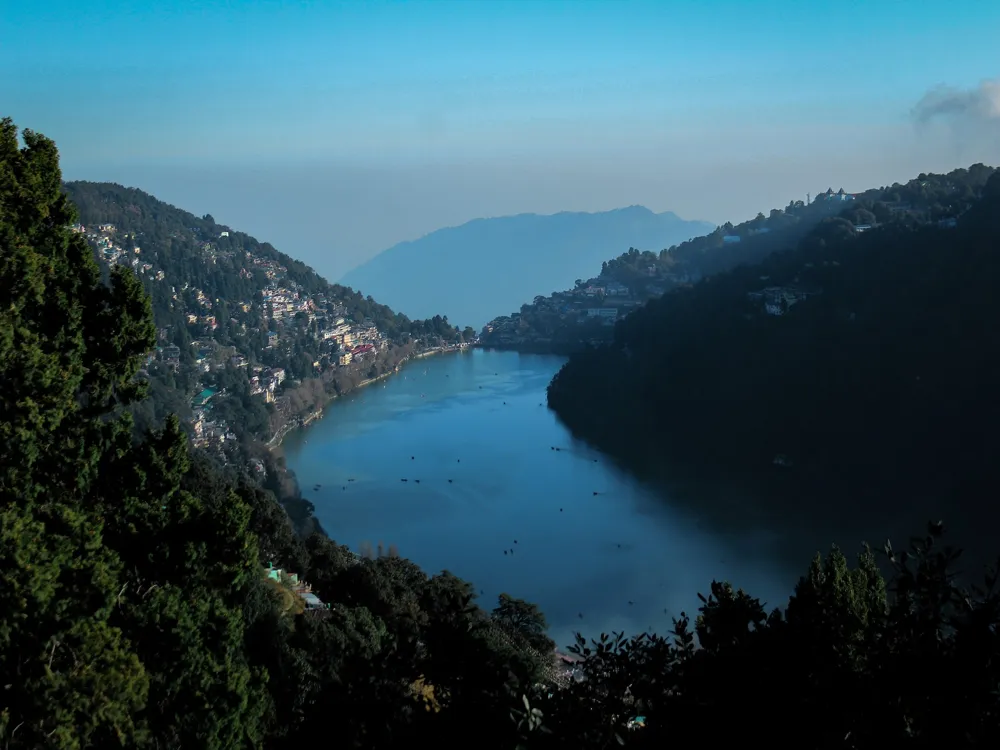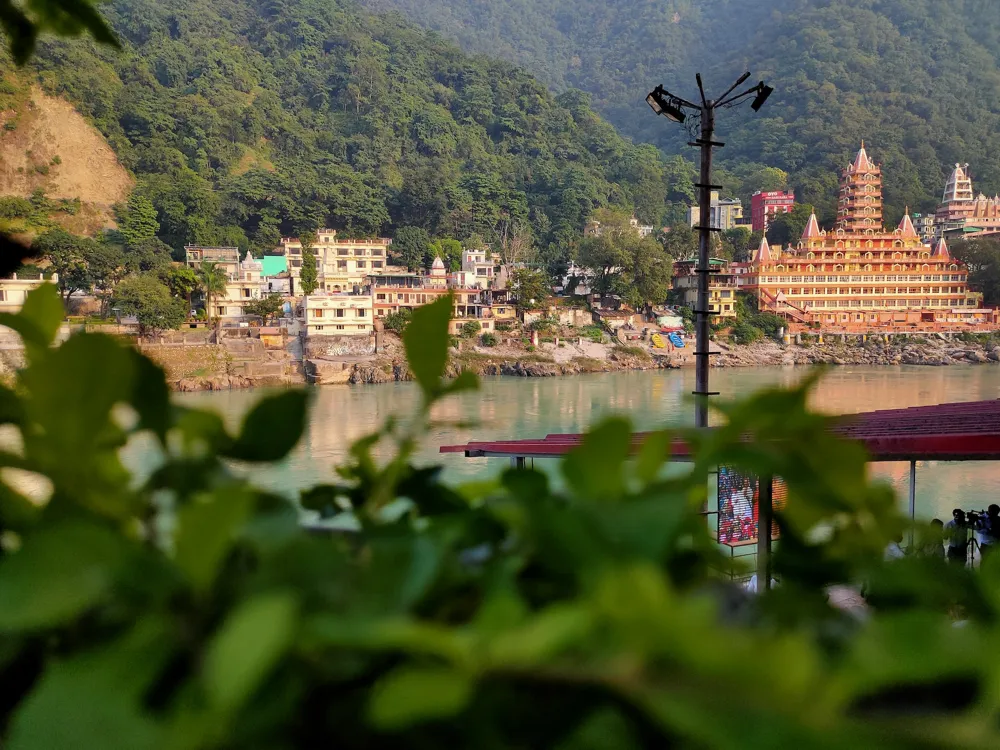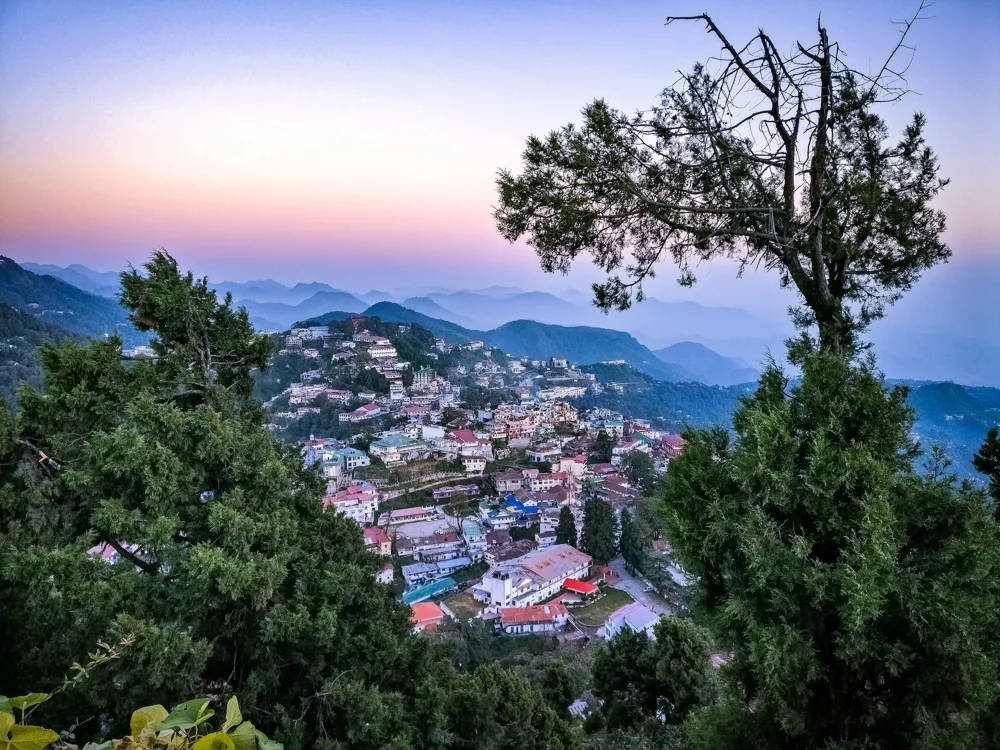Shapir, located in the historic city of Meerut in Uttar Pradesh, is a hidden gem that boasts a rich cultural heritage. This quaint area is not just a testament to the ancient civilization that thrived here but also a living example of how history blends seamlessly with the present. Shapir's roots trace back to the times of the Indus Valley Civilization, making it a significant archaeological site. Over the centuries, it has witnessed various dynasties and cultures, each leaving an indelible mark on its landscape and architecture. Today, Shapir stands as a witness to the bygone eras, offering a unique mix of historical and cultural experiences. From its narrow lanes echoing stories of the past to the bustling marketplaces that showcase traditional crafts, Shapir invites visitors to step back in time. The local cuisine, influenced by various cultures, offers a gastronomic delight to visitors. The people of Shapir, known for their warmth and hospitality, add to the charm of this historical treasure. The architecture of Shapir is a splendid amalgamation of various historical influences, showcasing styles from different eras. The most striking feature of Shapir's architecture is its ability to tell a story - each building, each ruin has a tale to narrate. From ancient temples to grand mosques, the architectural diversity is a testament to the religious and cultural pluralism that has existed in the region for centuries. One of the key architectural highlights is the ancient fort, which stands as a symbol of strength and resilience. The fort's robust walls and intricate carvings speak volumes about the craftsmanship of the era. Another significant structure is the old mosque, which exemplifies Islamic architecture with its beautiful domes and minarets. The intricate carvings and the use of geometric patterns in these structures are a sight to behold. In contrast, the Hindu temples showcase an entirely different architectural style, with their elaborate idols and vibrant colors, reflecting the religious diversity of the area. The ideal time to visit Shapir is between October and March when the weather is pleasant, making it conducive for exploration and sightseeing. Visitors should be respectful of local customs and traditions. Dress modestly, especially when visiting religious sites, and always ask for permission before taking photographs of people or private properties. The local language is Hindi, though many people understand basic English. It's advisable to learn a few basic Hindi phrases to enhance your interaction with the locals. Shapir is generally safe, but like any other tourist destination, it's advisable to stay vigilant, especially in crowded places. Keep your belongings secure and avoid isolated areas after dark. Shapir is well-connected by road and rail, making it easily accessible from various parts of India. The nearest major city is Delhi, which is approximately 70 kilometers away. Visitors can opt for a train to Meerut, followed by a local bus or taxi to Shapir. For those preferring to travel by road, there are regular bus services available from major cities like Delhi and Noida. Alternatively, one can also hire a taxi or drive down to Shapir, enjoying the scenic route along the way.Overview of Shapir, Meerut, Uttar Pradesh
Architecture of Shapir
Tips When Visiting Shapir
Best Time to Visit
Local Etiquette and Customs
Language and Communication
Safety and Security
How to Reach Shapir
Shapir
Meerut
Uttar Pradesh
NaN onwards
View meerut Packages
Weather :
Tags : Tombs & Mausoleums
Time Required : 1-2 hours
Constructed in : 1620
Highlight : One of the oldest mausoleums. Exists from even before the Taj Mahal
Planning a Trip? Ask Your Question
Meerut Travel Packages
View All Packages For Meerut
Top Hotel Collections for Meerut

Private Pool

Luxury Hotels

5-Star Hotels

Pet Friendly
Top Hotels Near Meerut
Other Top Ranking Places In Meerut
View All Places To Visit In meerut
View meerut Packages
Weather :
Tags : Tombs & Mausoleums
Time Required : 1-2 hours
Constructed in : 1620
Highlight : One of the oldest mausoleums. Exists from even before the Taj Mahal
Planning a Trip? Ask Your Question
Meerut Travel Packages
View All Packages For Meerut
Top Hotel Collections for Meerut

Private Pool

Luxury Hotels

5-Star Hotels

Pet Friendly






















